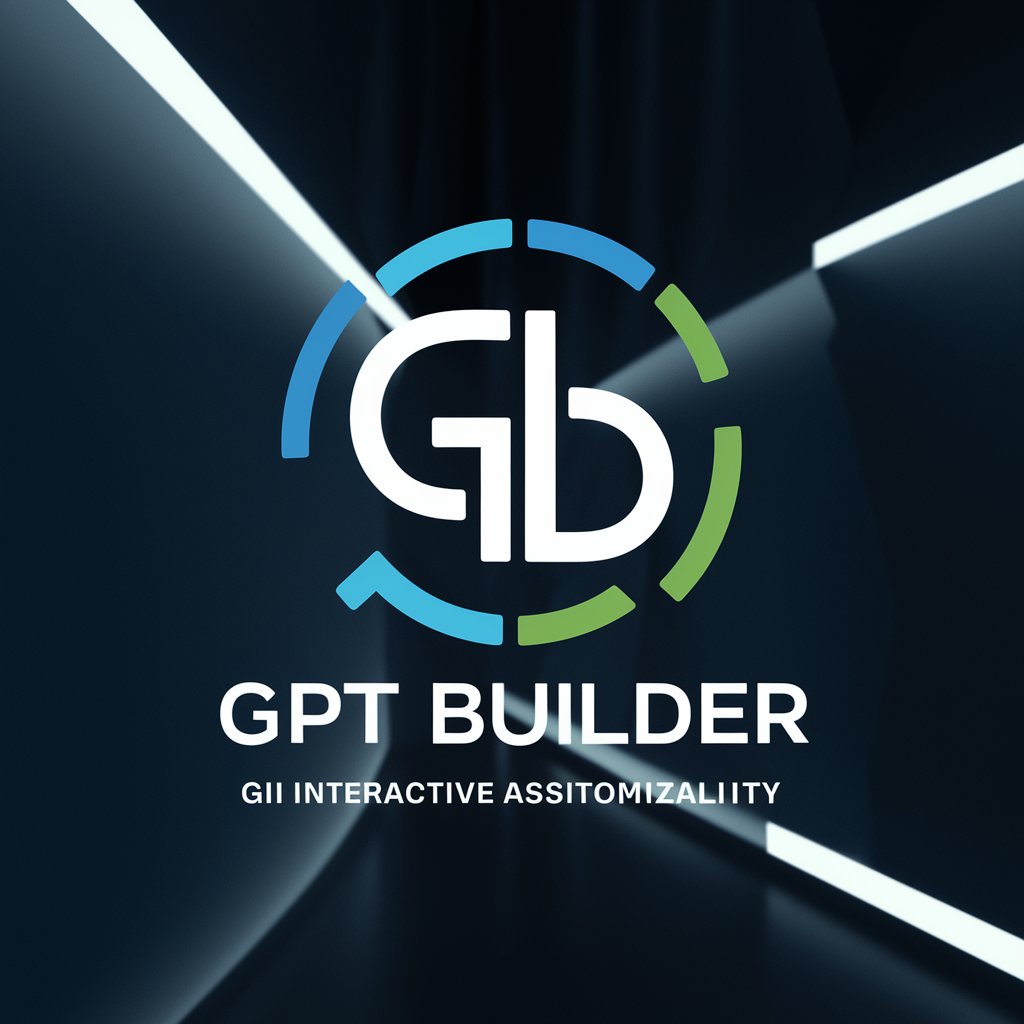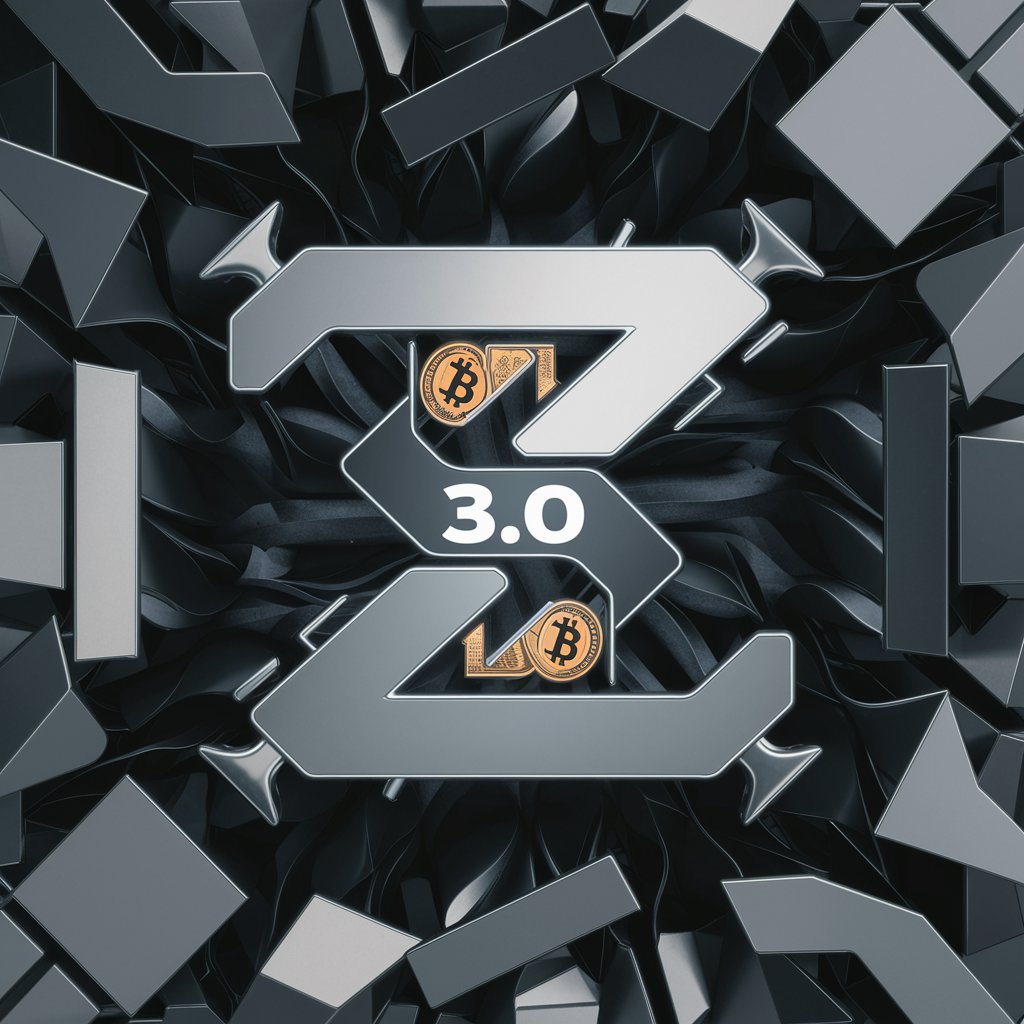
es-api createtor - API Development Framework
Simplify API creation with AI
hello developer! today can i help you?
Get Embed Code
Overview of es-api createtor
es-api createtor is a Java-based framework designed for rapid development of HTTP API interfaces without the need for traditional Java objects such as Controller, Service, Dao, Mapper, XML, VO, etc. It enables developers to efficiently create APIs through a user-friendly UI provided by the magic-api framework, automatically mapping these to HTTP endpoints. This approach simplifies the development process, significantly reduces the amount of boilerplate code, and accelerates the delivery of functional APIs. Scenarios where es-api createtor shines include rapid prototyping, microservices architecture, and projects requiring quick iterations or adjustments to API layers. Powered by ChatGPT-4o。

Core Functions of es-api createtor
Automatic HTTP Interface Mapping
Example
Creating a CRUD API for a user management system directly through the magic-api UI without writing explicit controller or service code.
Scenario
Developers can quickly expose database operations as RESTful APIs, enabling front-end applications to interact with backend systems without extensive backend development.
Script-Based Logic Definition
Example
Defining business logic for data validation, transformation, and processing using magic-api's scripting capabilities.
Scenario
Allows for implementing complex business rules and logic directly within the API layer, making it easier to modify and deploy changes without recompiling Java code.
Seamless Database Integration
Example
Using magic-api to perform database operations like insert, update, delete, and query without writing SQL code or configuring a data access layer.
Scenario
Ideal for applications that require direct and dynamic database manipulation, simplifying the development process for database-driven applications.
Dynamic API Documentation
Example
Automatically generating Swagger or OpenAPI documentation for all APIs created with magic-api, facilitating easier integration and testing.
Scenario
Developers and consumers of the API can quickly understand and test the API endpoints, improving collaboration and speeding up frontend integration.
Target User Groups for es-api createtor
Rapid Prototyping Developers
Developers who need to quickly prototype and test API functionalities will find es-api createtor invaluable for its ability to swiftly create and adjust APIs without deep diving into code.
Microservices Architects
For architects designing microservices-based applications, es-api createtor offers a streamlined way to develop and manage individual microservices' APIs without the overhead of traditional Java backend development.
Startup Teams
Startup teams with limited resources can leverage es-api createtor to accelerate backend development, enabling them to focus more on their core product features and less on backend complexities.
Educators and Students
Educators teaching web development or API design can use es-api createtor as a practical tool for students to learn about API development and backend integration with minimal learning curve.

Getting Started with Magic-API
1
Visit the magic-api official website for a comprehensive guide and access to a free trial, no login or premium subscription required.
2
Explore the documentation to understand magic-api's syntax and functionalities, ensuring familiarity with its script-based approach for API development.
3
Utilize the magic-api UI to create, test, and deploy your APIs directly without writing traditional Java code for Controllers or Services.
4
Experiment with magic-api's built-in features for handling HTTP requests, database operations, and script execution to streamline your development process.
5
Take advantage of community resources and support forums for tips, troubleshooting, and best practices to enhance your development experience with magic-api.
Try other advanced and practical GPTs
Market Wavegen Business Development Solutions
Empower Your Business with AI-Driven Market Intelligence

Linguist Link
Seamless AI-powered Polish to English Translation

GPT Builder Guide
Build Tailored AI, Simplified

SEO Content Rewriter
Revolutionize Your Content with AI

Golf Club
Elevate Your Game with AI-Powered Golf Insights

Forex Trend Predictor
AI-powered Forex Trend Analysis

MBTI 分析专家
Unlock Personality Insights with AI

Zaphod 3.0 BETA
Empowering creativity with AI.

Romantic Pixel Muse
Craft Your Love Story with AI-Powered Pixel Art

Read Paper
Streamlining Academic Research with AI

Multilingual Brand Polisher
Polishing Brand Content with AI

減肥專家
AI-Powered Personal Weight Loss Coach

Frequently Asked Questions about Magic-API
What is magic-api and how does it work?
Magic-api is a Java-based framework designed to simplify HTTP API development by eliminating the need for writing extensive Java code. It uses a script-based approach, allowing developers to define APIs directly through its UI.
Do I need to know Java to use magic-api?
Basic knowledge of Java is helpful but not strictly necessary. Magic-api's script-based approach abstracts much of the complexity involved in traditional Java development.
How can I access database resources with magic-api?
Magic-api provides built-in support for database operations, allowing scripts to execute SQL queries directly, without the need for separate DAOs or database mappings.
Is magic-api suitable for large-scale applications?
Yes, magic-api is designed to be scalable and can be used for both small and large-scale applications, thanks to its efficient script execution and API management capabilities.
Can I integrate magic-api with existing Java applications?
Absolutely. Magic-api can be seamlessly integrated into existing Java applications, providing a flexible and efficient way to expand your application's API capabilities without extensive redevelopment.